Visiting Chile: Wine And Dine In Style
South American sophistication and hospitality at its finest
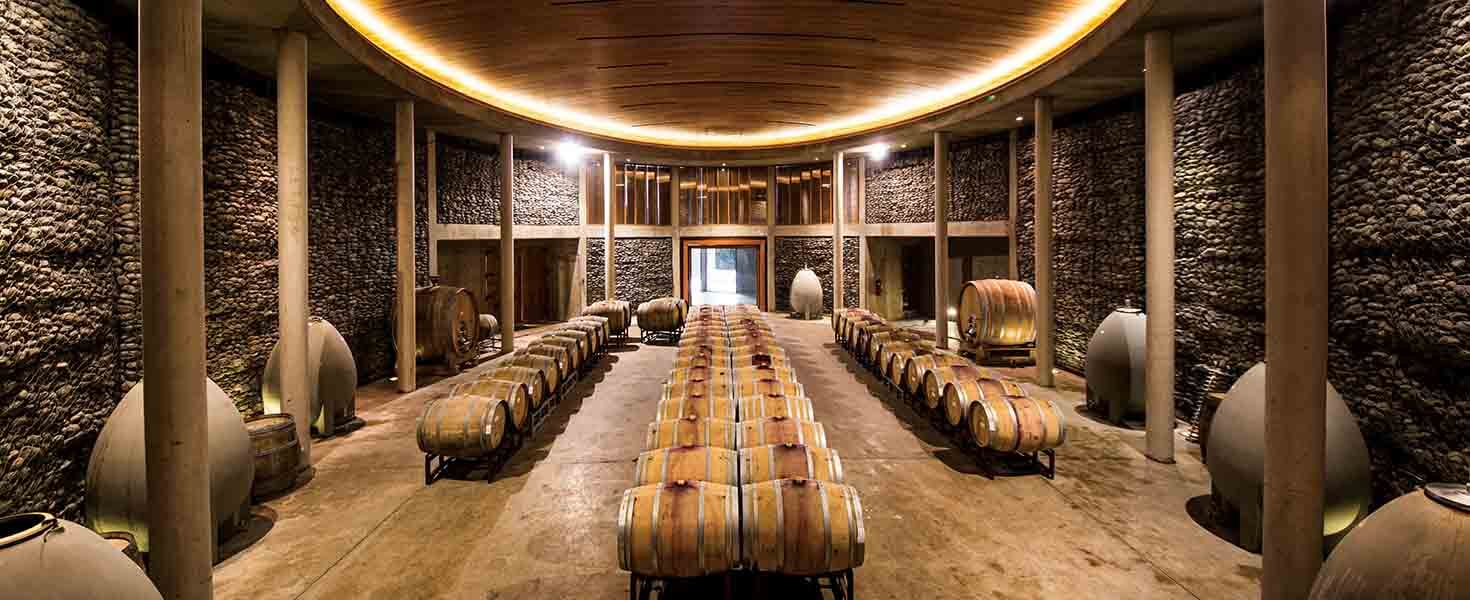
Chile offers a warm bienvenida to visitors looking to enjoy long, lazy afternoons picnicking in the vineyards, guided tastings of the local carmenère, and explorations of both cosmopolitan Santiago and bohemian Valparaiso.
Blending sophistication with the down-to-earth warmth and hospitality that South America is famous for, Chile is blessed with a jaw-dropping location, hugged by both the Pacific Ocean and the stunning snow-capped Andes mountain range. While many visitors come to trek Patagonia or to stargaze in the Atacama Desert, no trip to Chile is complete without exploring the aromas and flavors of its wine valleys. Today, ranked sixth among wine-producing nations, Chile not only creates impressive vino but also caters to international tourists.
All visitors from abroad land in Santiago, known for top-rated restaurants, an abundance of markets and safe streets perfect for strolling. It’s worth spending a couple of days here to adjust to the different seasons of the Southern Hemisphere (time-zone changes are not a big deal; Chile is directly south of the eastern U.S., meaning little to no jet lag). During the day, take in the museums (La Chascona is the home-turned-museum of poet Pablo Neruda and well worth a visit), grab take-out from a market, and picnic in one of the many hillside parks. In the evening, the street-food wagons and beer halls of the barrios Brasil, Lastarria, and Bellavista come alive. Or head east to tonier parts of town such as Providencia and Las Condes, where you’ll find gourmet restaurants and luxury hotels such as the W and Ritz-Carlton.
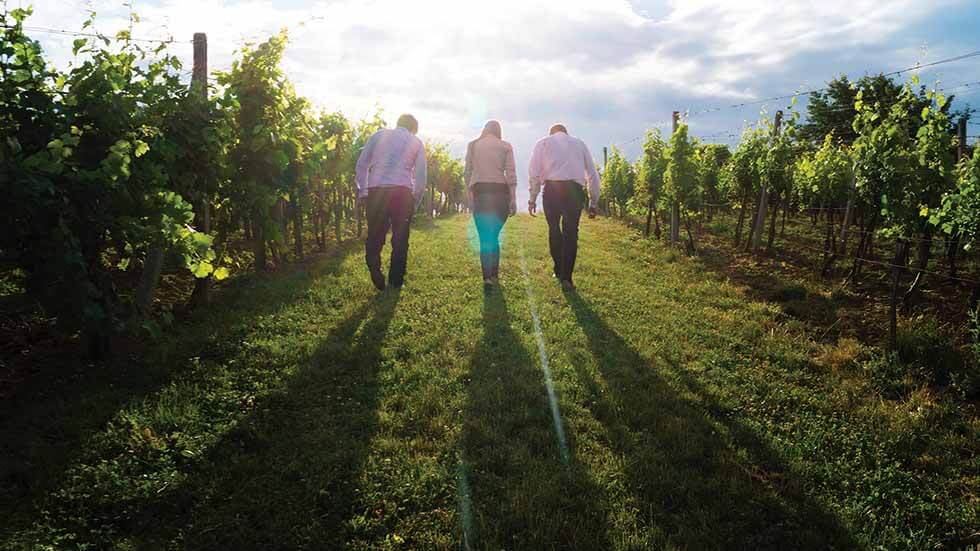
No self-respecting foodie will want to miss dinner at Borago, included in 2019 among The World’s 50 Best Restaurants. The capital’s location means that Borago’s wild-foods-loving head chef Rodolfo Guzman has a diversity of nearby ranges to forage for little-known ingredients, from the salt flats of the world’s highest desert to the herbs and fruits of Patagonia to the sea asparagus or new algae of the Pacific shoreline. Guzman’s genius shines in his ability to combine these native ingredients to make flavors that come alive in exciting ways. Another must-try restaurant is Pueymayen Ancestral Food in the Bellavista neighborhood, which serves food based on the indigenous cultures of Chile. Go for the Menu Origines, which allows you to choose among tasting menus based on either sea, earth, or vegetarian, all of which honor foods of the Mapuche, Aimara and Rapa-Nui communities. The ever-changing menu could include meats the indigenous peoples used frequently, such as alpaca and horse, or crispy seaweed and araucaria araucana (nuts from the monkey puzzle tree).
Balance these higher-budget dinners with some good old-fashioned street food. While ceviche may feel like a risky leap of faith, eating raw fish on the street is common in Santiago. Head straight to La Paz bridge, where a handful of families serve up some of the best ceviche in the city. Go all out with extras such as sweet potato, softened red onion, cilantro and crunchy corn. If red meat is more what you’re looking for, anticucho is the word for long brochettes of meat, a street-food staple in Andean communities. The beef, chicken, and sometimes pork served up are usually marinated in a chili pepper, cumin, and garlic vinegar. You will often cross paths with this type of street food as it is being wheeled around in kitted-out kiosks between Cal y Canto and La Vega market, at the bus stations and in the Recoleta neighborhood.
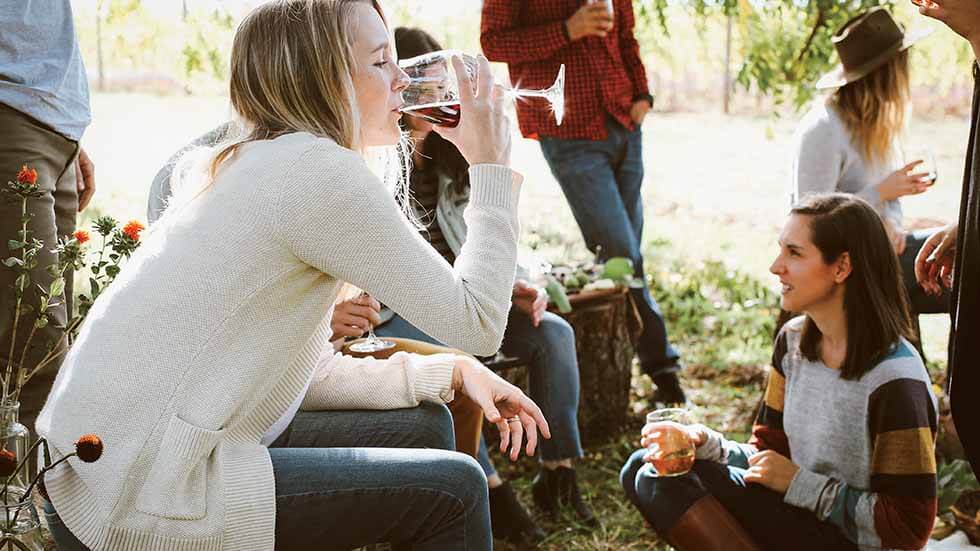
CHILE BY THE GLASS
After a few relaxing days in Santiago, rent a car or hire a guide to transport you around the nearby wine regions. Most are within a couple of hours of the city, so visiting a handful is very doable if you dedicate at least a few days of your trip to the endeavor. While it can be a bit overwhelming to plan your wine excursion, the main options with the best infrastructure are to the north (toward Aconcagua, Limarí, and Elqui), west (toward Casablanca and San Antonio) or south (toward Cachapoal, Colchagua, and Maule). Your travel agent can help you map it all out.
Get into the swing of things in Colchagua, a massive wine-growing region just 100 miles south of the capital. More than 1,700 vineyards call this valley home, thanks to warm, breezy, and dry growing conditions similar to Napa Valley, California. The national varietal carmenère as well as cabernet sauvignon and syrah grow best here. Montes is a standout winery in this region, with both excellent wines and a Francis Mallmann (South America’s most celebrated chef) “open fire” restaurant called Fuegos de Apalta.
Colchagua has several boutique wine hotels, the most luxurious being Lapostolle Residence, a decadent Relais & Chateaux property. Its signature Clos Apalta wine is hand-harvested at night from the best plots in the Apalta vineyard and is usually made of roughly two-thirds carmenère, with the remainder split between merlot and cabernet sauvignon. Less pricey but still lovely is 11-room Hotel Viña La Playa just west of Colchagua (and associated with the Viña Sutil brand). This hotel’s more
remote location makes it ideal for the hot-air balloon trips staff can arrange for guests looking for a memorable way to see wine country. Round out your trip in the south with a visit to Viu Manent and Viña Santa Cruz; the latter has an observatory for starlit tours.
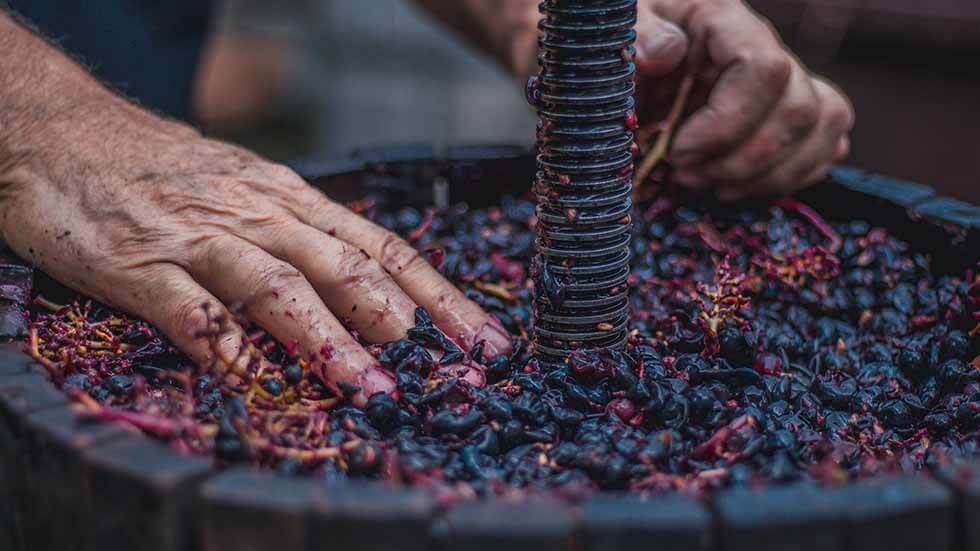
Just a short drive from Colchagua is the much smaller Cachapoal Valley. Like Colchagua, it also focuses on reds, but because it is closer to the Andes, it has more temperature variation and lower soil quality. The gravelly and sandy soils have a free-draining nature that restricts yields and vigor, leading to small, concentrated berries that produce dense, well-structured premium wines. Visit Valle Secreto and Torreon de Paredes for very good cabernet Franc and sauvignon, merlot, syrah, sauvignon blanc and a late-harvest viognier. If you have the budget, sleep at the mind-blowingly luxurious Viña Vik hotel; while you’re there, be sure to try VIK winery’s legendary red blend, reflective of the great wines of Bourdeaux, France.
Those on a longer, more leisurely trip of Chile should take time to head north to the Limari Valley before heading west. A relatively small region northwest of Santiago, Limari has a hot, dry climate tempered by strong ocean breezes and cool morning fog. Chardonnay and sauvignon blanc do best here, and the syrah is worth trying. A handful of big-name wineries have bought land in the region; the best one to visit is San Pedro. Founded in 1865, it is now one of Chile’s biggest exporters of wine, with its bottles sold in 80 markets across five continents.

If you have less time, skip the north, and instead, make your way west from Colchagua and Cachapoal to Valparaiso. You will pass through two wine regions to get there: Maipo and Casablanca. One of Chile’s most famous regions, Maipo has been producing wine since the arrival of the Spanish conquistadors. In the 19th century, French bordeaux varieties were imported and have done incredibly well. Don Melchor and the large-scale producer Concha y Toro are dedicated to quality cabernet sauvignon.
Toward the Pacific is the lesser-known Casablanca Valley, where salty air, refreshing breezes and dense fog make it ideal for growing coastal whites such as sauvignon blanc and chardonnay. Matetic Vineyards is the star in this region, with its biodynamic and organic grapes grown and harvested in harmony with the surrounding nature. The Matetic 2013 Corralillo Sauvignon Blanc is one to take home. Veramonte vineyard also deserves a visit before you end your trip in charming Valparaiso.
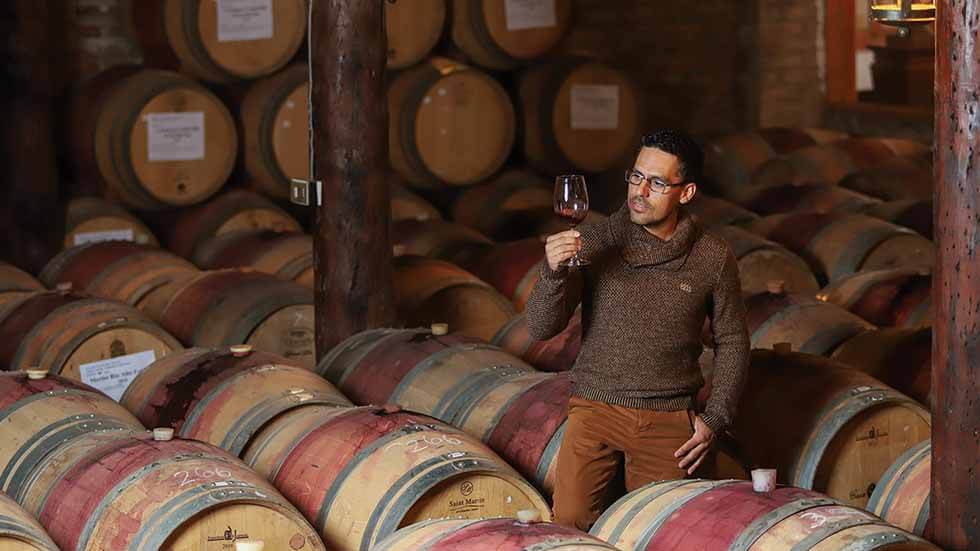
FROM VINO TO VALPARAISO
Nestled into steep hillside on the coast, Valparaiso is nicknamed “Little San Francisco.” It’s the perfect place to unwind and begin to process the sensory overload of culture and landscape you’ve experienced on your visit. The bohemian town is known for its love of literature, adorable bed-and-breakfasts and cozy cafes down every winding side street (and ocean views everywhere you look). Locals will often recommend Café Turri for dining, as its 19th-century building not only has one of the most incredible views in town but also the restaurant has commendable food such as scallops and shrimps in whisky and cumin, octopus carpaccio, and lamb ribs in pepper sauce or honey and mint. Finish out the evening at Bar Cinzano, which will take you back to Valparaiso’s artsy 1920s heyday. Often, there is live music.
As you ready for your return home, make your way to Artesanos del Vino wine shop or La Vinoteca wine shop. Wine experts at either can help you select some bottles to take with you for gifts or for your own wine cellar as well as help you safely package them for your flight. Grab one extra bottle, and take it, along with some tapas from a nearby deli, to celebrate your trip to Chile with a beachside picnic at Playa Mirasol before making the hour-long trip back to the Santiago Airport.
